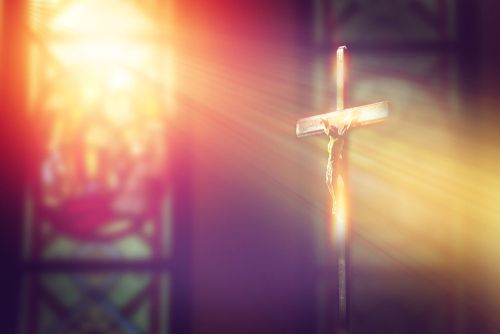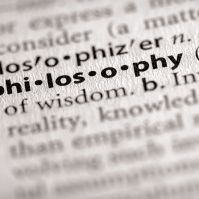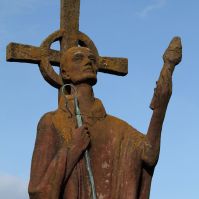 In a document released in late June 2023, the Vatican revealed the results of a two-year analysis of the Catholic church and the issues it needs to address. Rather than hand down concrete decisions, the outcome of the consultation poses several questions that need to be discussed. The discussion of these topics will culminate in the synod hosted in October, at which the Pope intends to cast a vision for change and the future of the church. Several key points stand out.
In a document released in late June 2023, the Vatican revealed the results of a two-year analysis of the Catholic church and the issues it needs to address. Rather than hand down concrete decisions, the outcome of the consultation poses several questions that need to be discussed. The discussion of these topics will culminate in the synod hosted in October, at which the Pope intends to cast a vision for change and the future of the church. Several key points stand out.
Clergy Sexual Abuse
One of the highlights of the report is the need for acknowledgment of misconduct and prevention of future abuse among Catholic clergy. As new cases are brought to light, it becomes more apparent that restructuring is likely needed. Some have proposed placing stricter limits on the power of bishops and priests to curtail the opportunity for abuse to occur and to exercise more accountability overall. As expected, this suggestion prompts pushback from many clergy members who already feel as if they do not have the freedom to make decisions and serve their parishes as they see fit.
While no concrete recommendations are proposed, the document notes the importance of finding meaningful steps toward justice that go beyond admission for survivors of clergy abuse. In addition to sexual misconduct, other types of abuse that undermine the credibility of the church are to be addressed.
The Role of Women
While the Catholic Church does not permit women to be priests, there has been a push for expanding their roles to include more decision-making positions for quite some time. Women are often the backbone of the church's ability to function, providing countless hours of work and devotion, often without acknowledgment of the responsibilities they faithfully take on. Many have called for broader opportunities to serve, regardless of the gender of the person willing to do so. When the synod meets in October, the prospect of women being ordained as deacons in the church may be on the table.
LGBTQIA+ Inclusion
There is hope that the Vatican is becoming more open to LGBTQIA+ inclusion. A notable difference in the terminology used in this report is a good start, moving from "persons with homosexual tendencies" to "LGBTQ+ persons." Some people do not anticipate that this simple change in verbiage indicates that there will be a real change of heart on the issue. Many, however, see this as a sign that a move to embrace all gender and sexual identities is on the horizon.
Wider Distribution of Power
One of the most intriguing details of the plans for the meeting in October is the proposed seating arrangement. High-level clergy will be seated at round tables with local leaders, giving the latter a better chance for their voices and concerns to be heard. This departure from the traditional structure that places cardinals and bishops in the front rows while nuns and the laity are relegated to the back seems a clear sign that the Vatican is rethinking its current power structures.
Of course, no one expects that centuries of tradition will be undone by a shared table, but those who have felt powerless to meet the needs of their local parishes are enthusiastic about the change. On the other hand, there is some backlash from those who feel that their authority is being undermined. The results of a two-year assessment that shows the church is in dire need of more transparency and accountability across the board cannot be ignored, though.
It will be interesting to see the outcomes of the synod meeting in October. Many hope that it will be the beginning of a new era of healing and welcome in the Catholic Church.



